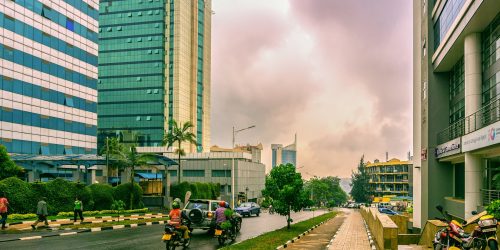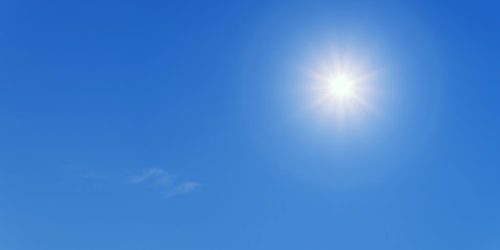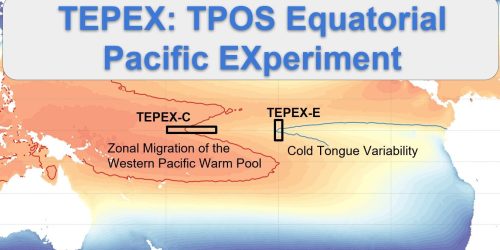Emissions of methane, a more potent greenhouse gas than carbon dioxide, have shown unprecedented growth rates in our atmosphere since 2020. Methane is the focus of more and more climate mitigation efforts in recent years, and it is important to understand the different sources of emissions. Methane emissions are broadly categorized into two sources, thermogenic methane emissions come from fossil fuel extraction and combustion, while biogenic emissions come from plant and animal sources and can be natural- or human-caused. A novel way of differentiating the two sources is that thermogenic sources emit ethane along with methane, while biogenic emissions do not. For this reason, ethane/methane ratios are used to identify regional sources of methane and improve mitigation strategies. A number of laser-based analyzers are marketed to be able to produce reliable ethane/methane ratios to identify emissions sources, but there has not been a comprehensive assessment and comparison of these products.
A new study, supported by the Climate Program Office’s Atmospheric Chemistry, Carbon Cycle and Climate (AC4) Program, assesses the precision, accuracy, and selectivity, of three of these laser-based analyzers. A team of researchers from Columbia University and the University of Rochester, led by AC4- funded scientist Róisín Commane, provide in depth advantages of each instrument based on their size, power requirement, ease of use on mobile platforms, and expertise needed for operation. The study, published in Atmospheric Measurement Techniques, recommends two of the three instruments based on the time scale during which you are taking measurements, whether the setting is urban, and if there is a high concentration of nearby oil and gas activities. This analysis is necessary to complete the team’s broader project funded by AC4, which aims to better understand methane changes in cities affected by COVID-19 shutdowns. This project contributes to an AC4 initiative to support studies of emissions, air quality, and heat in urban environments.









